What was the Cold War and who was involved?
With the Government taking action against Russia over the Salibury nerve agent attack, many fear a return to the days of the Cold War.
Theresa May said that the UK was suspending high-level contacts with Russia and that dignitaries, including members of the royal family, will not attend this summer’s World Cup.
The Prime Minister’s actions were in response to the blame for a nerve agent attack on double agent Sergei Skripal and daughter Yulia being placed squarely as Vladimir Putin’s door.
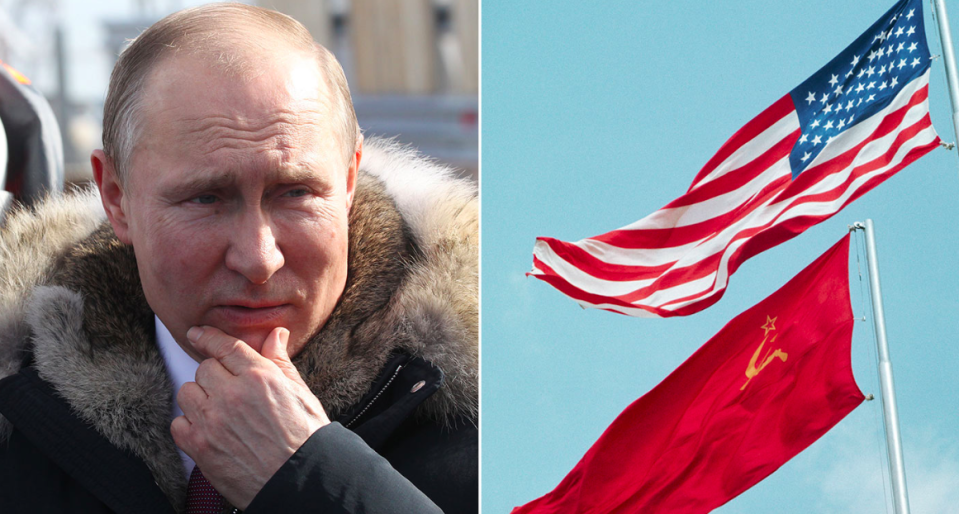
The US has now thrown its diplomatic weight behind the UK as Britain braces itself for Russian retaliation after Moscow warned its own response ‘will not be long in coming’.
Russia has strongly denied it was involved in the Salisbury incident and their long-held tensions with the US and the UK have now drifted back to the surface, prompting fears of a new Cold War.
The term ‘Cold War’ is one of three types of war – ‘Hot War’ involves actual warfare while a ‘Warm War’ is when there are ongoing talks but war plans are being carried out in the event of a fight breaking out.
MOST POPULAR TODAY ON YAHOO
Freezing weather expected this weekend as Met Office issues yellow warning for snow and ice
Watch: Shocking moment gang member grabs pen and attacks witness in court before being shot dead
Memorial benches installed by relatives of the deceased ‘are turning beauty spots into graveyards’
A ‘Cold War’ relates to differing sides not actually fighting each other on physical terms – more fighting for their belief systems amid a period of geopolitical tension.
Specifically, the Cold War of the 20th century refers to tensions between the Soviet Union and the United States, together with its NATO allies from the end of the Second World War in 1945 up to the late 1980s.
Once the war was over, the alliance that formed against Nazi Germany began to split, leaving the United States and the Soviet Union – led by Joseph Stalin until his death in 1953 – at opposite ends, both with fundamentally different political and economical differences.
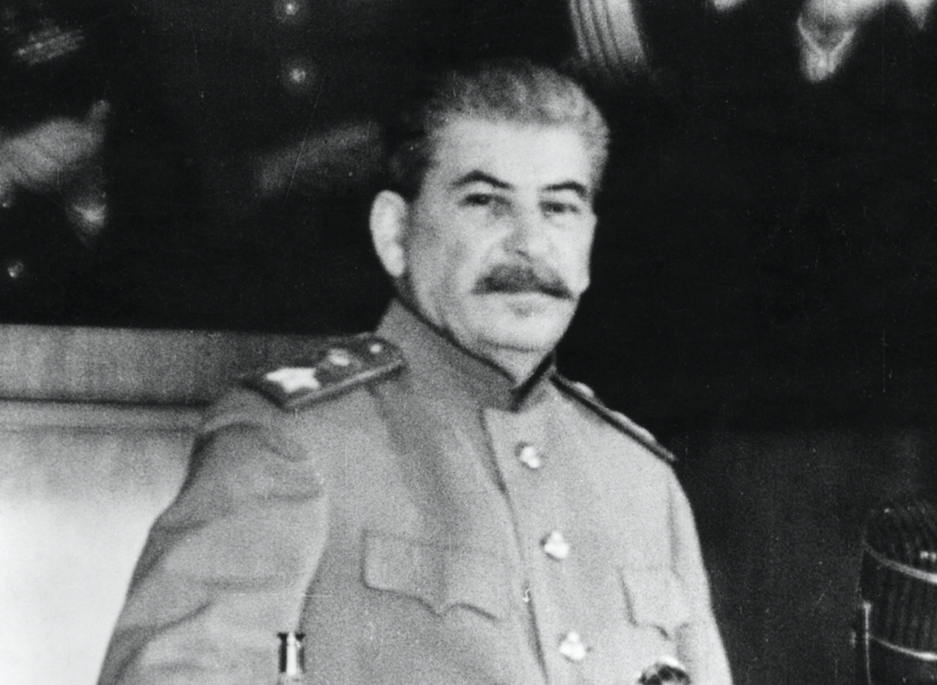
The Soviet Union was controlled by the Communist Party, with one leader that controlled the press, the military and the economy.
On the opposite end of the spectrum stood the capitalist West, which was led by the US and held democratic beliefs including a two-party presidential system and a free press.
Both sides were at odds with each other but never became involved in military conflict – but both were heavily armed in preparation for a nuclear war.
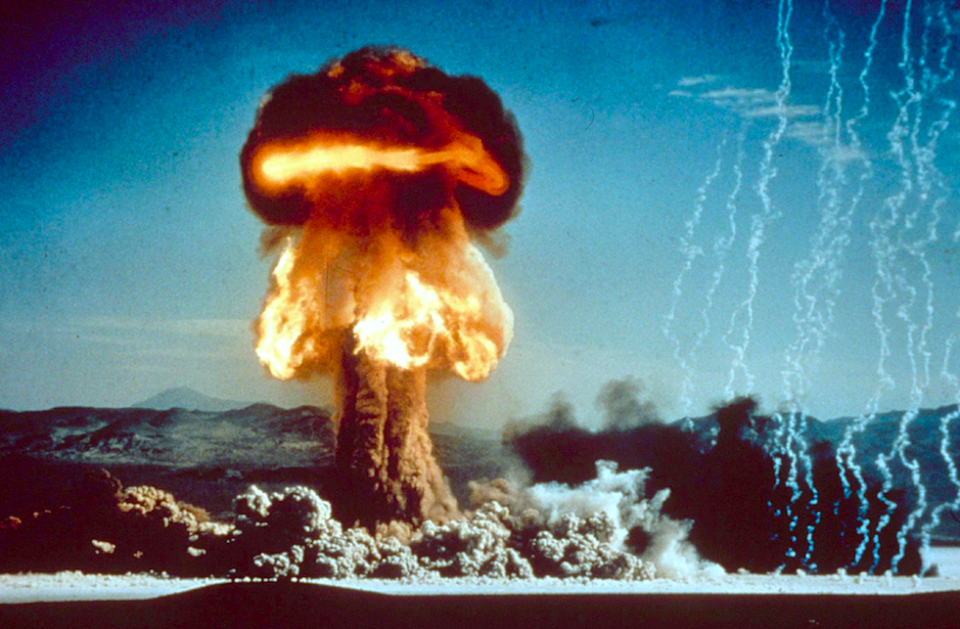
The weapons meant each sides would be able to put off the other from launching an attack as this would mean the initial attacker would be completely destroyed as a result – known as Mutually Assured Destruction.
But it wasn’t just the threat of nuclear weapons that were utilised in the Cold War – the struggle for power also saw both sides use psychological warfare, propaganda campaigns and espionage, rivalry at sports events, and technological competitions including the Space Race.
The closest the two sides came to an actual war was during the Cuban Missile Crisis in 1962 – Soviet leader Nikita Khrushchev agreed to Cuba’s request to place nuclear missiles on the island to deter a future invasion.
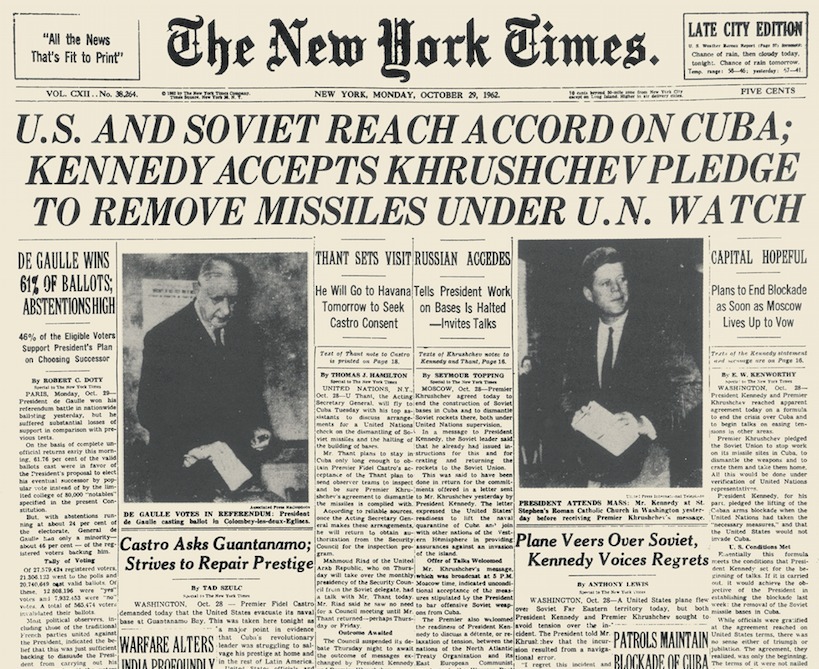
The missiles in Cuba were also in response to American ballistic missile deployment in Italy and Turkey.
War was averted, however, after an agreement was reached between President John F. Kennedy and Khrushchev where the Soviets would dismantle their weapons in Cuba and return them to the Soviet Union in exchange for a US public declaration to avoid invading Cuba again.
Tensions between the two sides continued to simmer throughout the decades – particularly in the 1980s when US President Ronald Reagan provided financial and military aid to anticommunist governments and insurgencies around the world.
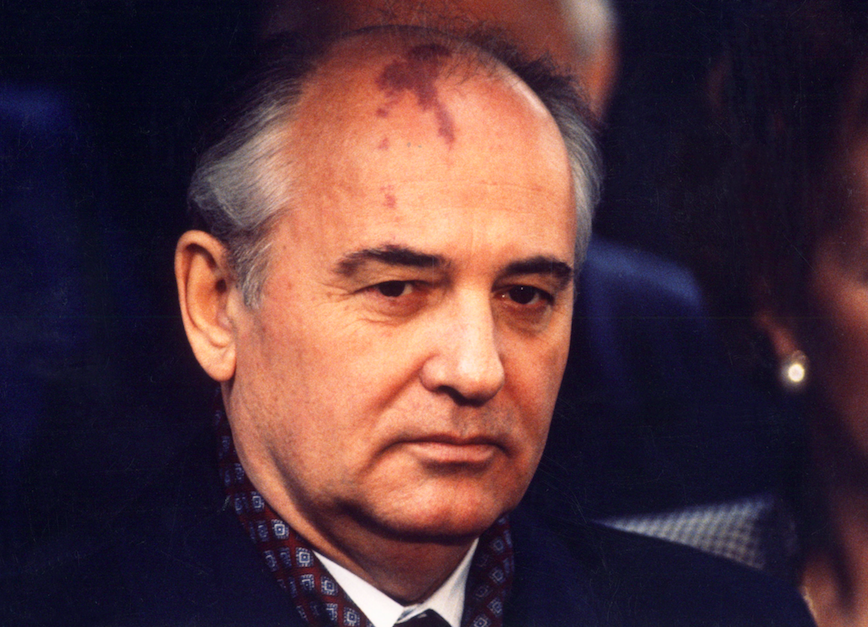
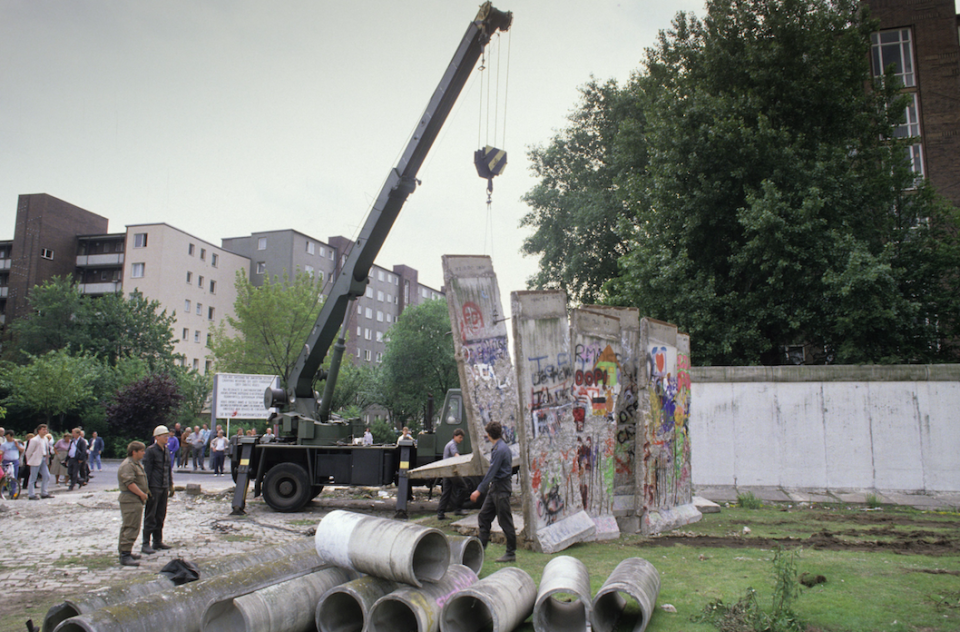
Mikhail Gorbachev took control of the USSR in 1985, introduced political openness and economic reform, heralding a wave of revolutions saw all communist regimes in Central and Eastern Europe overthrown and the Communist Party of the Soviet Union lost its power.
The Berlin Wall – the most visible symbol of the Cold War was destroyed in 1989 and the USSR was dissolved at the end of 1991, leaving the United States as the world’s one remaining superpower.
Recent events may yet see a return to the political posturing of the past, heralding the start of a new Cold War between East and West.

 Yahoo News
Yahoo News 

